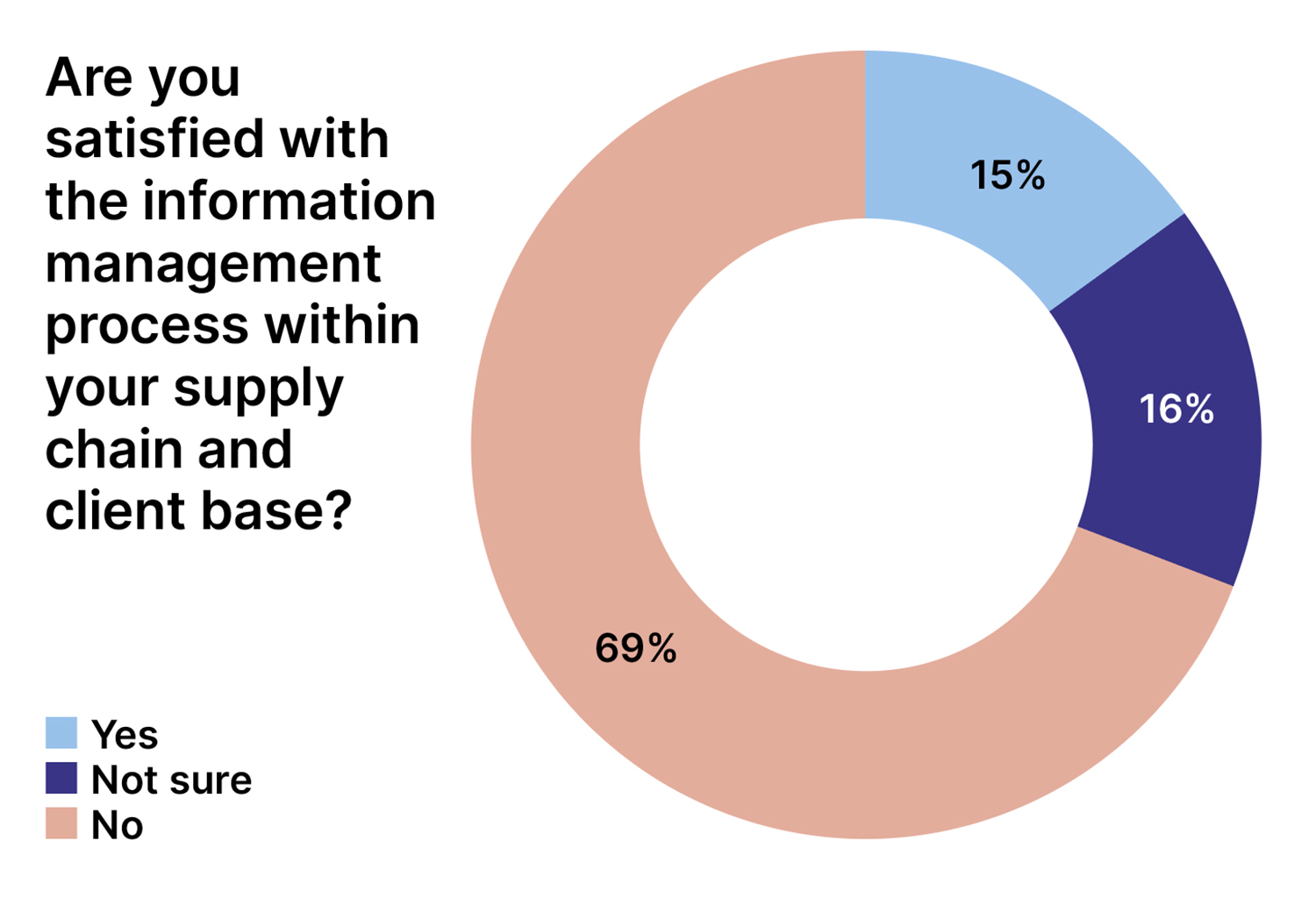
The annual Construction Management and BIMplus survey asked how the adoption of BIM and digital construction could be improved – and readers gave their suggestions. Justin Stanton reports.
Removing jargon, focusing on collaboration and greater interoperability of technology are the key solutions to improving the adoption rate of BIM and digital construction, according to respondents to this year’s annual Construction Management and BIMplus survey.
We asked respondents: what one change to process or one technology introduced to their operation could improve their approach to or the results from BIM and digital construction?
Dumping jargon and acronyms figured strongly among responses. “We work in an old-fashioned industry and constantly developing and changing terminology and processes are putting most colleagues I work with off of adopting a BIM mindset and instead are just sticking to what they know,” said one respondent.
Another said: “Encourage conversations on BIM to occur in ‘human’ language rather than ‘tech talk’ and acronyms.” Another succinctly called for “simplicity and common sense”.

Focusing on collaboration was seen as a key way forward. A respondent said: “Culture of collaboration – tech is relatively easy; sharing is more complicated. All stakeholders need to be consulted from the beginning.”
Another echoed this: “Engage with representatives of all teams, even if they appear to be irrelevant.”
Simpler interoperability
Also popular was a need to ensure greater and simpler interoperability of technology. One said: “Common data platforms – too much conflicting software that doesn’t gel.”
Another offered more detail: “Get software developers to standardise on a single common data environment technology upon which they build their vertical solutions. Too much project data when pushed into the cloud from on-premise server estates is dispersed now.”

There were also calls for more case studies of the benefits of implementing BIM, and for clients to drive BIM. One respondent said: “It’s back to clients investing to save in the medium to long term by stipulating the ISO 19650 management information and requirements in the contract to the design team and the principal contractor, together with ensuring monitoring of this data captured through the project stages, from inception through to completion of the asset and then during the life cycle of the asset. It’s that simple.”
Clients in the driving seat?
Half of the respondents said 25% or fewer of their projects in the last year featured BIM being driven by the client. Less than a fifth said the vast majority of their projects featured the client driving BIM.
One said: “Not enough clients understand the benefits of BIM. This is mostly due to main contractors being in control of BIM instead of the employer clients. Too many client project managers have little understanding of BIM still. It’s just a paper exercise for them and they don’t manage the BIM process properly.”
An architect gave this insight: “Most clients mandate BIM Level 2 or PAS 1192 standards compliance now. Few are driving ISO 19650 implementation, but both we, and the larger contractors we work with, are driving 19650 for new projects.”
Sticking with clients, more than a quarter of respondents said they are often or very often required to hand over digital asset data on completion.

Supply chain in focus
Widening the focus, we asked our respondents how satisfied they were with the information management processes within their supply chain and client base. The vast majority (69%) said they were not satisfied.
One respondent offered: “Getting everyone to buy into the concepts and benefits of BIM remains difficult, and PAS 1192 is harder. ISO 19650 is likely to be much more difficult as it is very process-driven and puts a big onus on the appointing party and the lead appointed party to make it work. They need to know the processes and engage with them at a granular level to gain the benefits.”
Another said: “With a greater degree of our clients looking to embrace asset management in the residential sector (in response to the golden thread), we have experienced a lack of ‘maturity’ with some suppliers/supply chain partners in providing consistent and compliant data.”
And thus we reach Dame Judith Hackitt’s golden thread: it’s pleasing to report that 59% of respondents are either prepared for it or have made preparations for it. A quarter said they have made no preparations.
One respondent, who has made some preparations, aired this warning: “Not enough organisations or people understand what this is let alone are engaging with it. There needs to be more publicity and promotion of the benefits of the golden thread, with specific case studies highlighting the cost benefits for clients.”











